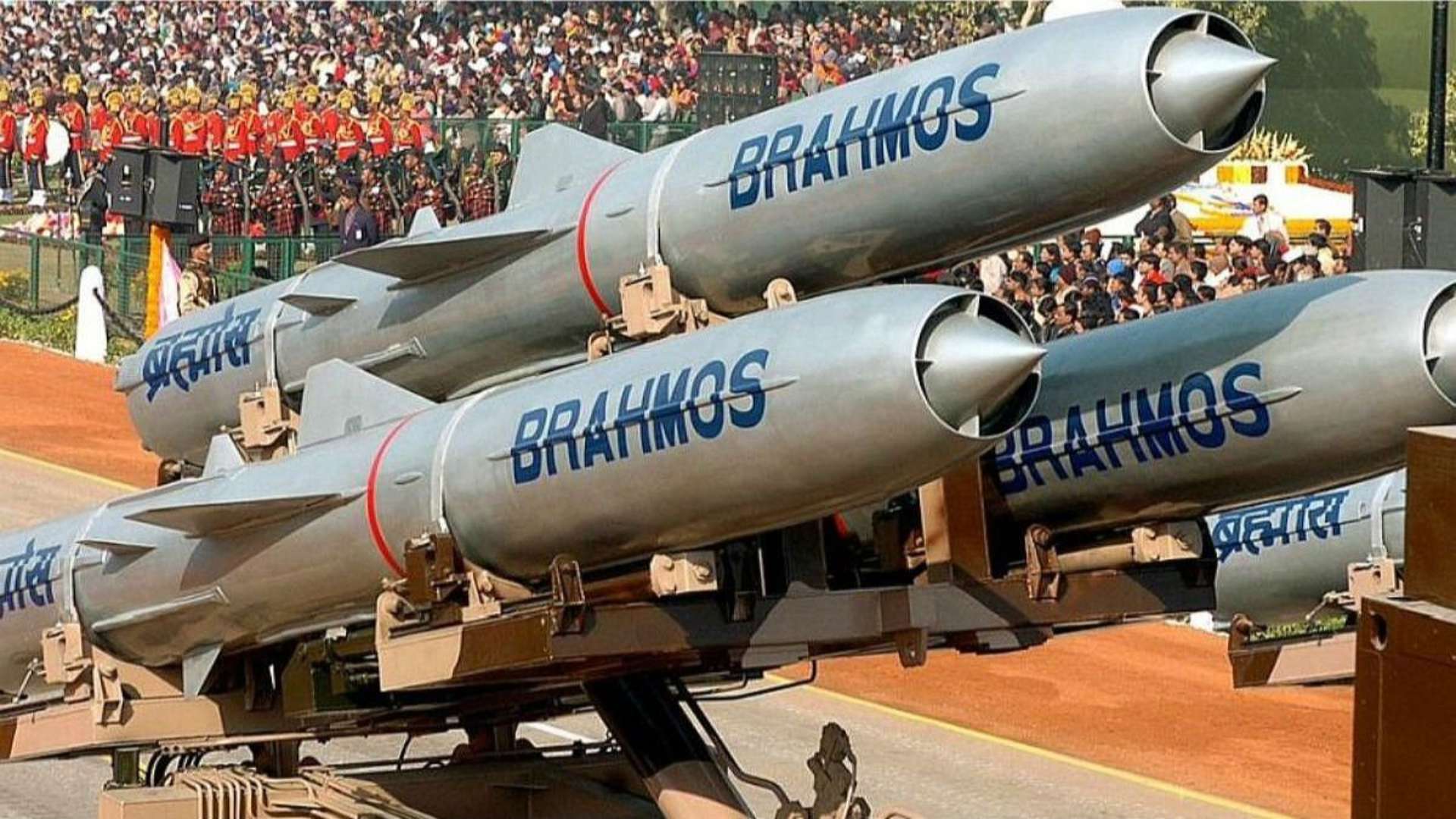A recent intelligence assessment has unveiled the extensive details surrounding India’s Operation Sindoor, a significant aerial counter-offensive against Pakistan that took place a month ago. Sources indicate that the Indian Air Force (IAF) executed a series of coordinated strikes between May 7 and May 10, launching 19 BrahMos supersonic cruise missiles aimed at key Pakistani airbases. This operation is being described as one of the largest missile offensives in South Asian history.
Complementing the BrahMos missiles, the IAF also deployed 19 SCALP subsonic cruise missiles of French origin during this high-stakes mission. The primary objectives of these missile strikes were to undermine Pakistan’s retaliatory capabilities and dismantle terrorist infrastructure, with a notable direct hit on the headquarters of the Lashkar-e-Taiba using Israeli-origin Crystal Maze missiles.
In the wake of these strikes, India’s Defence Ministry, led by Rajnath Singh, has made strides toward enhancing the nation’s military capabilities. The government has sanctioned the replenishment and expansion of India’s missile and drone arsenal, which includes loitering munitions, longer-range air-to-air missiles, and Kamikaze drones. This shift in strategy signals a commitment to improved deterrence and rapid retaliation in the face of potential threats.
Digital surveillance and subsequent battle damage assessments have indicated that Pakistan sustained significant losses during the operation, including the destruction of four combat aircraft and two large transport planes. In a bid to defend against the Indian offensive, Pakistan launched PL-15 air-to-air missiles, sourced from China, but these efforts were largely ineffective in countering the Indian assault. Additionally, Pakistani military installations near Karachi activated two air defense units from Malir and Chaklala cantonments to intercept the missile attacks, although these measures proved unsuccessful.
The full scope and impact of Operation Sindoor reflect a pivotal moment in India’s military doctrine, particularly its evolving approach to airpower. The operation underscores India’s commitment to rapid precision strikes as a core element of its strategy for neutralizing threats, bolstered by advanced technology and coordinated intelligence efforts. As tensions in the region remain high, the repercussions of this operation are likely to influence military and diplomatic strategies for both India and Pakistan in the near future.


















